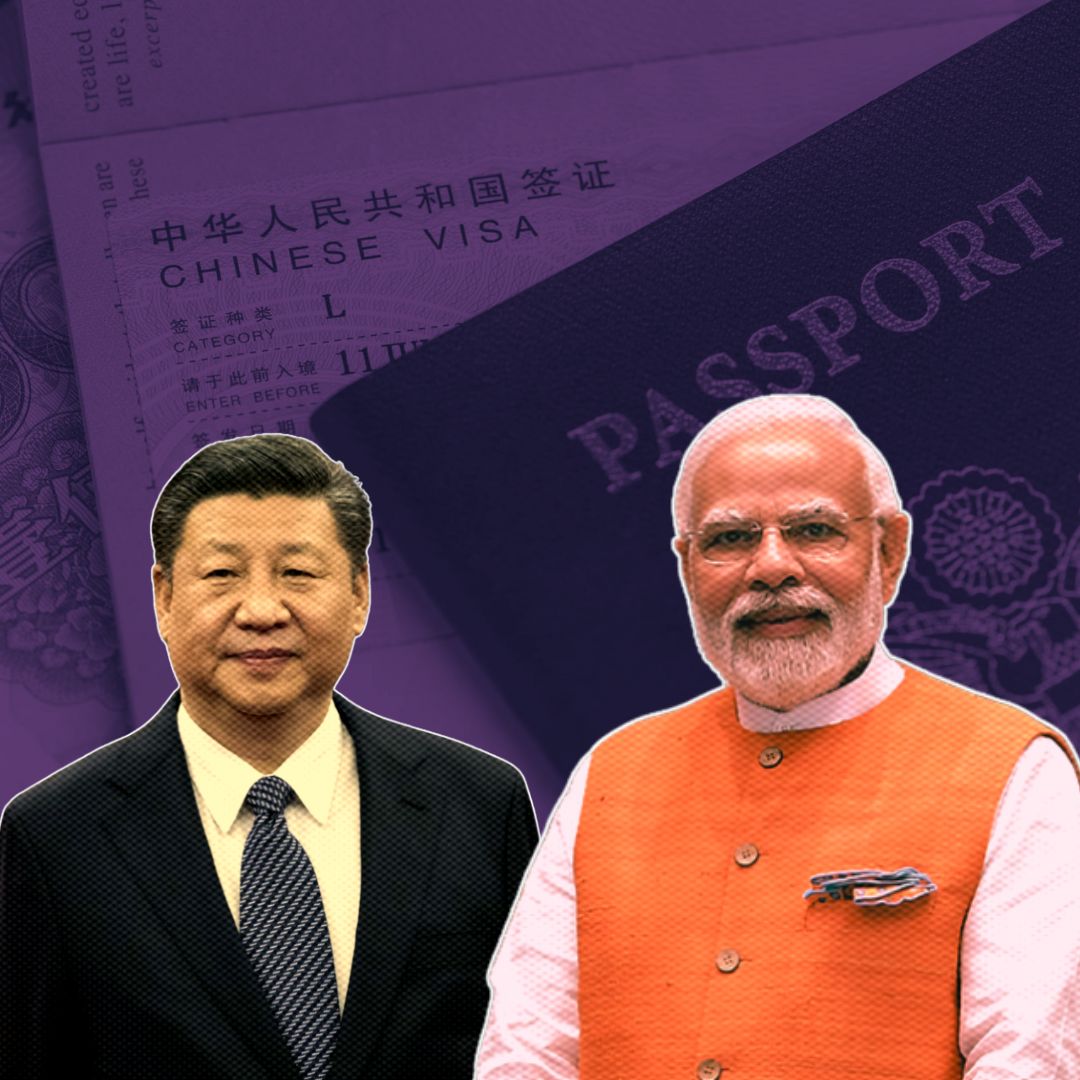China issued over 85,000 visas to Indian citizens between 1 January and 9 April 2025, marking a four-fold monthly increase compared to 2023’s annual total of 180,000.
The surge follows streamlined visa processes, including walk-in applications and waived biometrics for short visits, as part of Beijing’s efforts to strengthen bilateral ties.
Chinese Ambassador Xu Feihong has actively promoted cultural exchanges, while officials urge India to oppose recent US tariff hikes on Chinese goods. No further official updates or disputes have been reported since the April 9 data release.
Visa Relaxations and Diplomatic Outreach
The Chinese Embassy and consulates in India have maintained simplified procedures, such as reduced fees (reportedly slashed by 25% for tourist visas) and faster processing times (as little as 48 hours for business visas), to sustain momentum.
Ambassador Xu Feihong reiterated China’s commitment to “mutually beneficial cooperation” during a 15 April trade forum in Mumbai, where he highlighted plans to launch a “Year of Cultural Exchange” in late 2025. “Indian visitors are key to deepening our civilisational dialogue,” he stated, citing shared Buddhist heritage and Bollywood’s popularity in China.
The embassy has also introduced Mandarin-language workshops in Delhi and Chennai to ease travel barriers.
Trade Dynamics and Strategic Positioning
The visa push aligns with China’s broader strategy to counterbalance US trade restrictions, including proposed 145% tariffs on Chinese electric vehicles and solar panels. India-China bilateral trade hit $118.5 billion in 2024, with pharmaceuticals, machinery, and organic chemicals dominating Indian exports.
During a 10 April press briefing, Chinese embassy spokesperson Yu Jing framed the relationship as a “Global South partnership,” urging India to jointly oppose the US’s “unilateral economic bullying.” Notably, Chinese state media has amplified coverage of Indian festivals and yoga events since January, signalling soft-power outreach.
Unresolved Challenges and Future Prospects
Despite the visa surge, unresolved border disputes—particularly in Arunachal Pradesh and Ladakh—continue to strain ties. India’s heightened scrutiny of Chinese tech investments, including recent bans on 18 smartphone apps linked to data privacy concerns, remains unaddressed in bilateral talks.
While military commanders held a 20 April meeting on border issues, no breakthroughs were announced. Analysts like C. Raja Mohan of the Asia Society note that “cultural exchanges alone cannot replace formal security dialogues.” Meanwhile, India’s Ministry of External Affairs has maintained its stance of “engagement with caution,” avoiding direct commentary on the visa figures.
The Logical Indian’s Perspective
At The Logical Indian, we believe cultural diplomacy offers a unique pathway to de-escalate tensions, but it must be paired with transparent political dialogue. While welcoming initiatives that humanise cross-border relationships, we urge both governments to address security anxieties with the same vigour as economic collaboration.
True coexistence requires balancing soft-power outreach with accountability—be it on border transparency or fair trade practices. As citizens of interconnected nations, we ask: Can shared cultural heritage become the bridge where politics has faltered? Join the conversation below.









